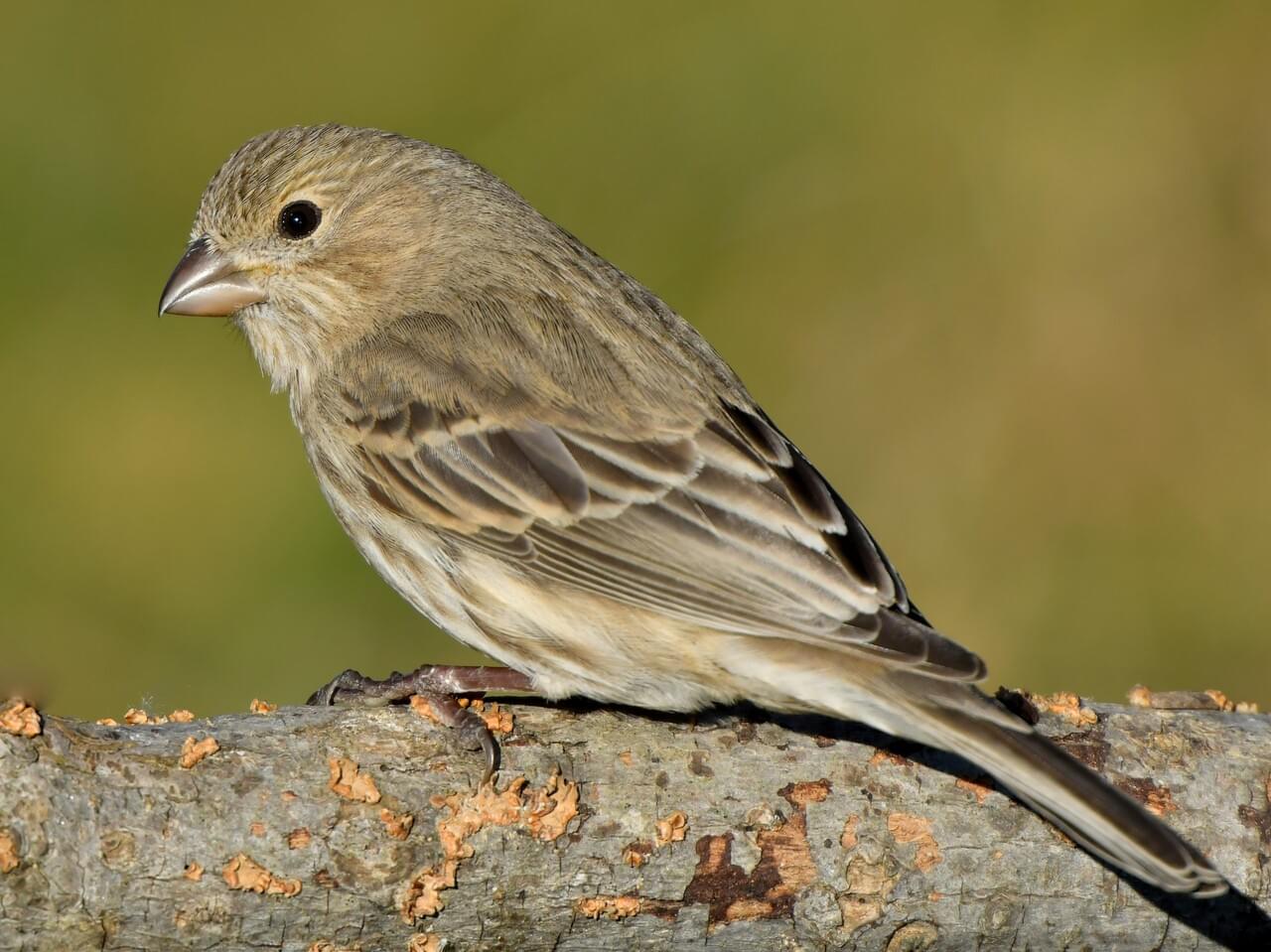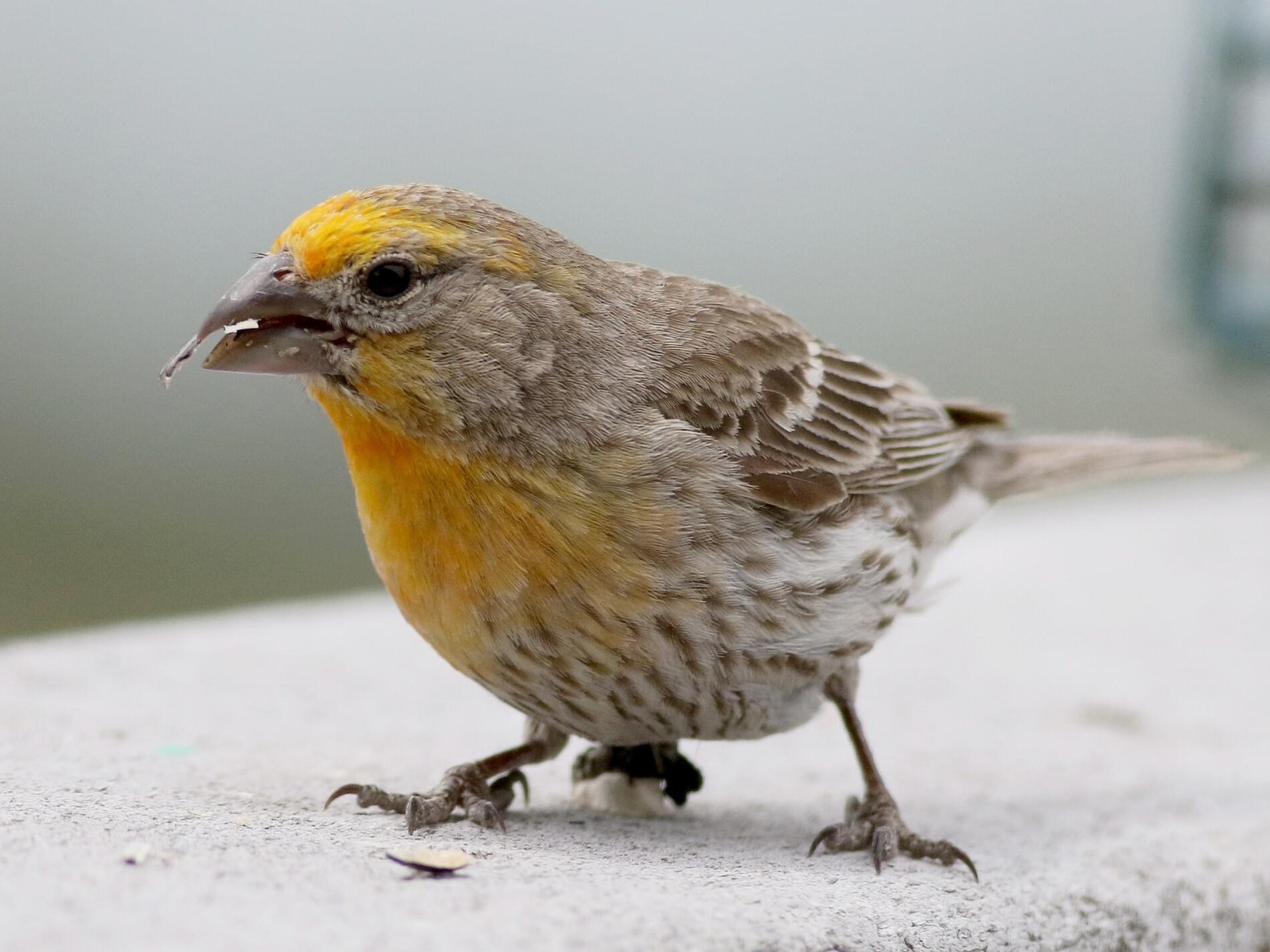Table Of Content

Audubon protects birds and the places they need, today and tomorrow. Small finch with a conical bill that it uses to crack open seeds. Note very thick bill with curved rather than straight-edged profile. Red on head is largely on the eyebrow and throat, with brownish cheeks.
At least 40 people die in western Kenya after a dam …
Finches are vegetarians, meaning their diet consists primarily of seeds and nuts. They sometimes feed bugs to their young for an extra nutrition boost, but they love backyard bird feeders. The Purple Finch and the House Finch make very similar bay-bee calls when alerted of a predator. When a predator lurks nearby, Finches make a high-pitch call that sounds like they are saying ‘bay-bee.’ These unique calls are heard during breeding season as well in the wintertime. Alarm calls are designed to alert any nearby bird of danger, not just Finches.
Opinion: Don’t gut L.A.’s best shot at building affordable housing
A House Finch’s nest is a cup made of fine stems, leaves, rootlets, thin twigs, string, wool, and feathers, with similar, but finer materials for the lining. Overall width of the nest is 3-7 inches, with the inside cup 1-3 inches across and up to 2 inches deep. Once hatched, baby House Finch broods typically leave their nest in days. House Finch eggs are pale blue or white with tiny black and light purple flecks.

April 24, 2024 - US university protests

In most cases, adult males' heads, necks and shoulders are reddish.[3][4] This color sometimes extends to the belly and down the back, between the wings. House Finches are monogamous, and pairs tend to form while the birds are in their winter flocks. They choose a wide variety of nesting sites, and will nest in man-made objects such as window ledges and holes in buildings. Ivy growing on buildings or trees creates many nesting sites. Nests may also be located in conifer trees, hanging planters, and old nests of other birds.
They also love eating weed seeds and berries in the warm summer months. They are both of similar size, and the coloring of young males and female finches makes things more complicated because they both have a brown and white pattern in their feathers. It has a rosy red color with a higher contrast of red around its head and breast. They also have streaks of brownish feathers on their backs and tail feathers. House Finches can cohabitate with humans, eating readily from feeders, nesting in man-made nooks and crannies, and so on.
The House Finch is closely related to the Cassin's Finch and the Purple Finch, and in fact, there are places in Washington where all three species can be found. All three species are streaked, and the males of all three have red plumage. The House Finch, the most common and widespread of the three, typically has a red head, breast, and rump, but does not have red coloring on its brown back or wings. Female House Finches have blurrier streaks and grayer undersides than the other two species. The breast streaks do not converge in a central spot as on many sparrows. House Finches have longer tails and appear more slender overall, and also have slightly curved bills, in contrast to the straight bills found in the other two species.
Unlike other songbirds, House Finches display much more than courtship songs to attract a mate. In parts of the United States, House Finches overlap with similar-looking Purple Finches. House Finch songs are jumbled and have a sharp, buzzy note — especially during the breeding season.
House Finch Animal Facts Haemorhous mexicanus - AZ Animals
House Finch Animal Facts Haemorhous mexicanus.
Posted: Tue, 15 Feb 2022 08:00:00 GMT [source]
How To Attract Finches to Your Birdfeeders
On the other hand, Male Purple Finches have a more subtle and understated red tone with a white underbelly and no streaks of brown. The House Finch is easy to identify simply by its coloring and size, but there are stark differences between male and female House Finches. Plenty of birds escape pet stores and colonize new areas (Monk Parakeets are an example), but few have thrived and expanded the way House Finches have.
LA4LA is already partnering with the Housing Authority of the City of Los Angeles, a state-chartered agency that administers the city’s public housing developments, to provide loans to buy buildings. And city taxpayers of all income levels have already funded billions of dollars in spending to reduce homelessness, even as the population on the streets and in temporary housing has continued to increase. With a little practice, you can learn the clearest field marks for each of these species. Click or tap on the dots on the photos and let them guide you. However, their mild nature and bright red feathers make them welcome additions to the Eastern community.
During the breeding season, Finches become quite the little singers. House Finches, for instance, have a warbling song that composes a series of jumbled warbles split into 3-second syllable repertoires. They perch atop a high branch and swoop down enthusiastically as they perform their courtship dance.
Birds such as Warblers, Hummingbirds, Cassin’s, and Buntings can identify a Finches alarm call and take cover. If you live in the East and love watching finches at your feeders, thank a 1940s pet shop owner (and the National Audubon Society for banning the sale of these birds). They love sunflower seeds and thistle, so feeders that host these delicacies are bound to attract local finches. House Finches are often found in suburban areas hanging out around bird feeders and making nests in unusual places!
They will travel a great distance during the day and stop to feed and rest during the nighttime. Male House Finches usually have a streak of brown on their underbellies. The red on the male House Finch is much brighter and more noticeable. The vast majority of the House Finch's diet is vegetable matter--seeds, buds, berries, and nectar. They eat a few small insects, especially aphids, but are primarily seed- and fruit-eaters at all times of the year.
In one season, a female House Finch can raise six clutches of eggs, but in most cases, they only raise two per season. Even in suburban areas, House Finches have a long list of predators attracted to their red feathers. Some flocks of finches travel south to places like North Carolina, while others travel as far down as Mexico. They often construct their nests in trees but sometimes build nests on the sides of buildings, street lamps, or even abandoned nests. These North American birds prefer to nest in dense areas with plenty of shade and places to hide, so there aren’t frequently found in the Rocky Mountains.
Finches in Canada or the eastern part of the United States around the Great Lakes region typically head south for the winter. The coloring of a female House Finch is all brown without any notes of red color seen in male House Finches. A pet shop owner in New York captured and sold House Finches as pets, which was very illegal.
Jay Lybik, national director of multifamily analytics at CoStar, a commercial real estate data provider, said LA4LA’s model makes “complete sense” in light of concerns about the multi-unit housing market. Stephanie Klasky-Gamer, president and CEO of LA Family Housing, a homeless services provider and affordable housing developer, also courts donors. Bass’ signature homelessness program, Inside Safe, has cleared some encampments and moved some unhoused Angelenos into hotel and motel rooms. But many people remain in those rooms with nowhere else to go. Other buildings on the campus in Arcata are at risk of being occupied, and protesters “have shown a willingness” to lock themselves in facilities and steal equipment, the officials said.
In rural areas, you can also find House Finches around barns and stables. Each clutch of eggs can have between 2-7 eggs, with 4-5 being the average. The incubation period lasts about days, and the nestling period, where baby house finches stay in the nest, lasts about days. They love thistle and sunflower seeds if you want to attract a House Finch to your backyard birdfeeder.

No comments:
Post a Comment